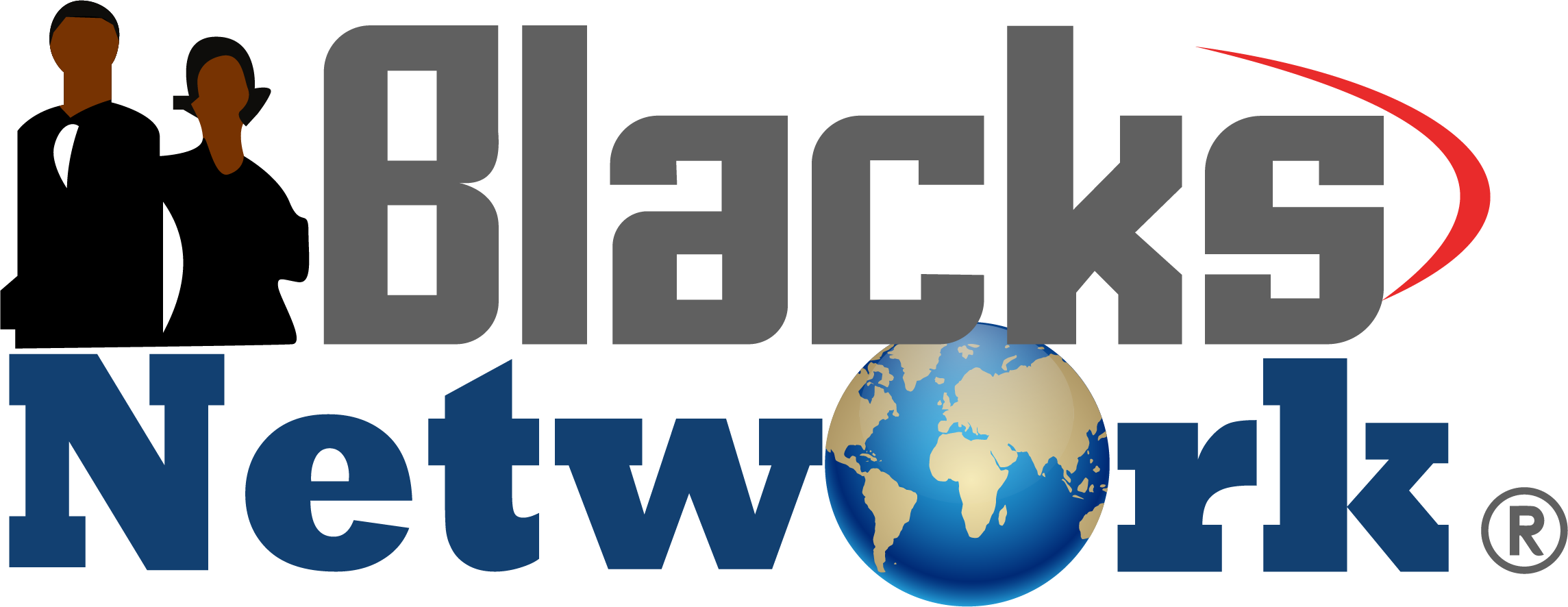Technological Advancements Driving the Laser Therapy Devices Market By 2023 to 2033
The laser therapy devices market is experiencing unprecedented growth, with the market size estimated at USD 3 billion in 2023 and projected to surge to USD 7 billion by 2033. This substantial increase reflects a robust compound annual growth rate (CAGR) of 8.8% throughout the forecast period.
This growth is driven by the rising preference for minimally invasive surgical procedures in the healthcare sector. As conventional surgical methods often lead to complications such as surgical wounds and infections, there is a notable shift towards alternative solutions that mitigate these risks. Laser therapy devices have emerged as a transformative solution, offering precise, minimally invasive options that enhance patient outcomes and reduce recovery times.
The global laser therapy devices market is poised for substantial growth, driven by advancements in technology and increasing adoption across various medical and cosmetic applications. According to recent market projections, the laser therapy devices market is expected to experience a significant rise in demand, reflecting both innovation and enhanced therapeutic efficacy.
Get your PDF Sample Report: https://www.futuremarketinsigh....ts.com/reports/sampl
Market Growth and Trends:
The laser therapy devices market is projected to expand at a robust CAGR over the coming years. This growth is primarily fueled by rising incidences of chronic diseases, technological advancements in laser technology, and an increasing preference for non-invasive treatment options. Laser therapy devices are widely used in dermatology, ophthalmology, orthopedics, and other medical fields, enhancing treatment outcomes and patient satisfaction.
Key Highlights:
The laser therapy devices market is set to more than double in value from 2023 to 2033, demonstrating a strong upward trajectory.
The market is anticipated to advance at a CAGR of 8.8%, reflecting increasing adoption and technological advancements.
The growing emphasis on minimally invasive procedures is fueling the demand for laser therapy devices, as they provide safer and more efficient alternatives to traditional surgical methods.
Technological Innovations:
The market is witnessing a surge in innovative laser technologies, including advancements in laser wavelengths, precision, and energy output. These innovations are contributing to more effective treatments, shorter recovery times, and improved patient safety. Cutting-edge technologies such as fractional lasers, picosecond lasers, and diode lasers are redefining the landscape of laser therapy.
Rising Adoption in Cosmetic Applications:
In addition to medical applications, laser therapy devices are gaining traction in the cosmetic industry. Non-invasive procedures such as laser hair removal, skin resurfacing, and tattoo removal are becoming increasingly popular, driving the demand for advanced laser devices. The cosmetic sector's growth is expected to play a significant role in shaping the market dynamics.
Regional Insights:
Geographically, North America holds a significant share of the laser therapy devices market, driven by advanced healthcare infrastructure and a high prevalence of chronic conditions. However, regions such as Asia-Pacific and Latin America are emerging as lucrative markets, with increasing healthcare investments and rising awareness about advanced therapeutic options.
Future Outlook:
Looking ahead, the laser therapy devices market is expected to continue its upward trajectory, supported by ongoing research and development, strategic partnerships, and increasing healthcare expenditure. Companies are focusing on expanding their product portfolios and entering new markets to capitalize on growth opportunities.
Key Players in the Market:
Boston Scientific Corporation
IPG Photonics Corporation
Lumenis Ltd.
Coherent Inc.
Biolitec AG
Hologic Inc.
Alma Lasers Ltd.
Fotona D.D
Danaher Corporation
Thermo Fisher Scientific Inc.
Market Segmentation
By Device Type:
Solid-State Laser
Gas Laser
Liquid Laser
Semiconductor Laser
By End-User:
Hospitals
Specialized Clinics
Ambulatory Surgical Centers
Other End-Users
By Application:
Ophthalmology
Dermatology
Gynecology
Urology
Cardiovascular
Others
By Region:
North America
Latin America
Europe
Asia Pacific
The Middle East and Africa
Synes godt om
Kommentar
Del









 1 (877) 773-1002
1 (877) 773-1002